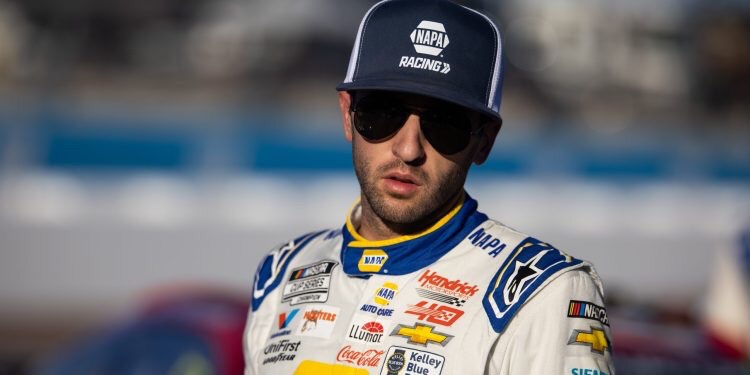For decades, short tracks have been the heartbeat of NASCAR, but in recent years, several have faced closure, abandonment, or outright demolition. Although the sport has flourished on road courses and superspeedways, drivers and spectators alike are now very concerned about the disappearance of classic short tracks. NASCAR stars Chase Elliott and Kyle Busch are now making it plain that it’s time to invest in the tracks that gave rise to the sport after the Cook Out Clash at Bowman Gray was an incredible success.
Bowman Gray: A Watershed in NASCAR’s Comeback on the Short Track?
It was a proof of concept as well as a nostalgic trip to Bowman Gray Stadium after a 54-year break. NASCAR witnessed firsthand what short-track racing can offer, with millions of people watching from home and spectators crammed into the stands. It is understandable why NASCAR is already thinking about making a long-term investment in Bowman Gray to guarantee its continued presence for the ensuing half-century. What about the other small tracks that NASCAR used to be known for but have now been forgotten?
Elliott: “These Tracks Must Be Maintained.”
The winner at Bowman Gray, Chase Elliott, was outspoken about the value of keeping old courses intact. “You hate to see—’historic’ may not be the best word to use—but the main racetracks that helped NASCAR become what it is today close or disappear,” Elliott said. “I believe that motorsports will win if we have a race or if the Rockingham case, where those guys are bringing Xfinity and trucks over there, keeps that place alive and prevents it from closing or being demolished.” It is difficult to overlook Elliott’s point. With races across several series, including the CARS Tour, ASA, and the Whelen Modified Tour, tracks like North Wilkesboro and Rockingham Speedway have already seen improvements that have brought them back into the national spotlight. However, what happens to the tracks that aren’t given these chances?
NASCAR’s Broadcast Funds May Hold the Secret
There has been discussion about using some of the billions of dollars generated by NASCAR’s new broadcast rights deal to invest in short tracks. This might enable outdated tracks to be updated, guaranteeing their continued viability for many years to come. The objective? to maintain NASCAR’s ties to its heritage while creating an atmosphere that allows grassroots drivers to prosper. “Reinvest in the Future,” says Kyle Busch. Similar to Elliott, Kyle Busch stated that NASCAR should prioritize protecting local tracks. “Investing in the future of other racing and local-level racers is fantastic for the sport,” Busch stated. Given Bowman Gray’s advantages, I believe other racetracks, such as Five Flags Speedway and others in Alabama, should that opportunity.”
Busch has long been an advocate for grassroots racing, often competing in late model and Truck Series events at short tracks across the country. His stance aligns with many in the NASCAR community who believe tracks like Bowman Gray shouldn’t be an exception—they should be the blueprint for revitalizing the sport.


























































